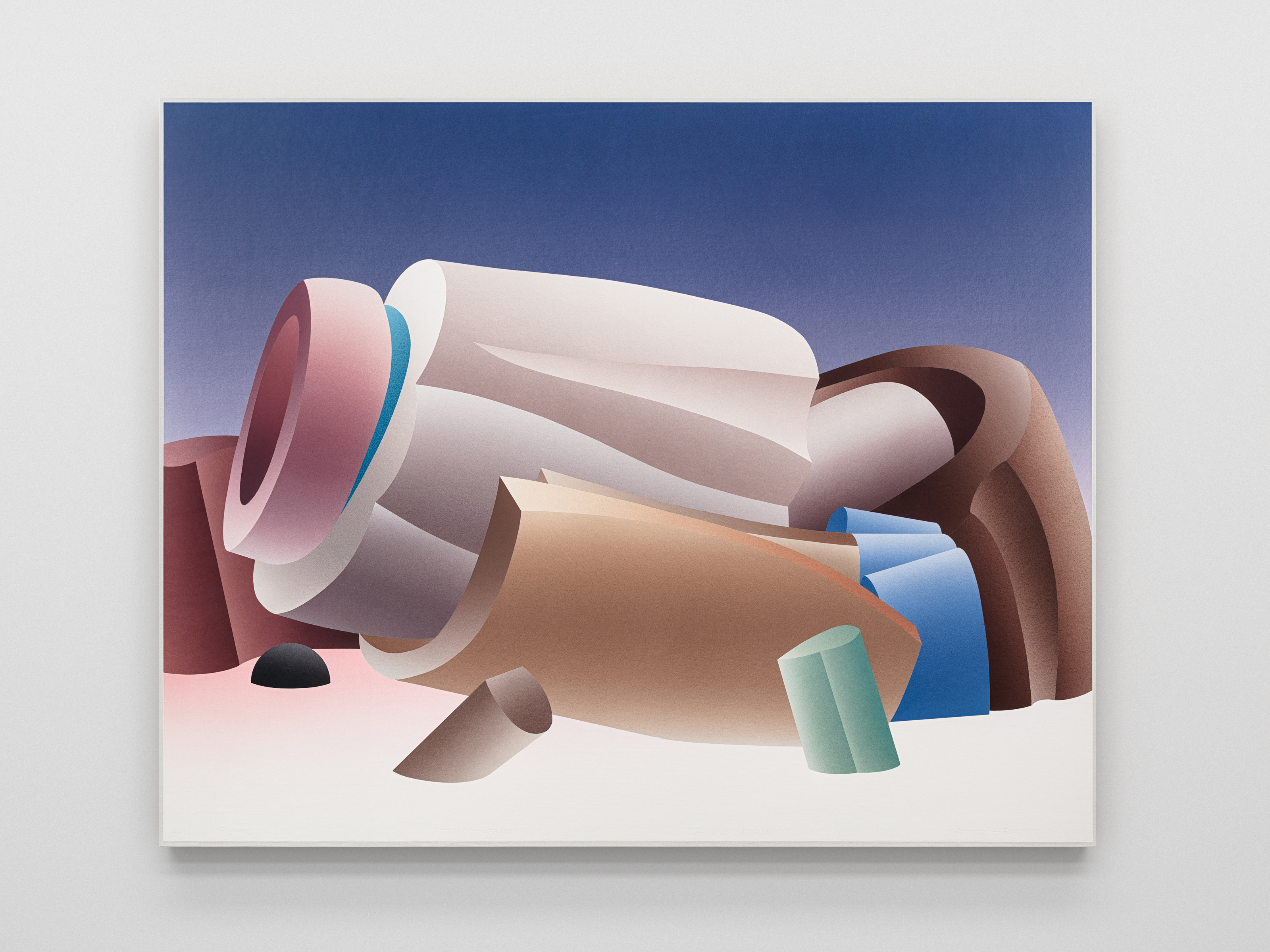Kiang Malingue presents at Frieze Seoul a selection of paintings and drawings by Chang Ya Chin, Chou Yu-Cheng, Yirui Jia, Kyung-Me, Liu Yin, Fabien Mérelle, and Yeung Hok Tak.
Chou Yu-Cheng’s large-scale abstract paintings, Imaginary Body #2 (2024) and Imaginary Body #3 (2024) are among the highlights. Marking a new departure for the artist, who has renewed his investigation of the material and affect dimensions of abstraction since 2019, the series of “Imaginary Body” makes use of Chou’s unique gradation technique, celebrating the precarious balance between clear water and pigment particles, as well as forms and scenes that are particularly organic and corporeal.
Known for meticulously choreographing artefacts from various eras and regions ensconced in mesmerising spaces, Kyung-Me presents three highly contemplative drawings created in 2024. The Clock (2024) and Mary (2024) are exemplary continuations of “The House in the Trees” exhibition at Kiang Malingue in 2023: the artist embeds charged, monumental objects in carefully calibrated spaces, radicalising a specific type of eclecticism that is eerily evocative. Her latest work, Orchid Bamboo (2024), is a rare depiction of a semi-outdoor environment—the exteriority of which is hinted by fine traces of rain—it is also exceptional for Kyung-Me’s experimental use of traditional ink painting techniques. Prominent in the foreground before a 1590 Japanese screen are bamboo leaves; visible in the background behind the antique Swedish Mora Clock is a mass of orchid grass. In Kyung-Me’s first attempt to conjoin painting and drawing, the loose, impalpably eloquent gesture destabilises the pictorial construct, giving it another false layer of realness.
First shown in his solo exhibition “From island to island, the landscape that disappears” at Kiang Malingue in 2024, Fabien Mérelle’s drawings continue to explore the distinctive landscape on Oléron Island, where the land is progressively disappearing as a result of global warming. Mérelle initiated the long-term series in 2016, immersing his own avatar—a man in his pyjamas, always remaining in proximity to dreams and nightmares alike—into the island’s natural environment. Just as Kyung-Me’s, Mérelle’s drawings are also deeply informed by traditional eastern art—its way to calmly face “the silence of the image,” to be at the service of the landscape, and to actively incorporate the viewer’s imagination.
Yirui Jia’s Traveller (2023) depicts the recurring character of an astronaut. Jia has recently created a number of astronaut paintings, as well as a series of bride paintings; For her, “the bride represents a range of emotions like regret, anger, happiness, and desire… The astronaut can be seen as the feeling of being in the unknown.” The slender Rose (XS) (2023) demonstrates the artist’s interest in layered sensations found in natural environments. The svelte flower, isolated yet surrounded by passionate scrawls, is an intimate metaphor for growth, a theme Jia has frequently revisited in her practice.
Three paintings by the celebrated Hong Kong comic book author-turned-painter Yeung Hok Tak—Guardian (2018), Missing the Match (2018), and Nocturnal Zoo (2024)—imagine silent, discrete activities and events. In a number of his recent paintings, Yeung captures movements and narratives that may go unnoticed, dealing with images of vigilance, boredom, and pensive solitude. As pithy one-page stories, the individual artworks pit tiny figures against vast, largely undisturbed backgrounds, proposing a way to give the poetics of traditional Chinese landscape painting a contemporary, playful twist.
Chang Ya Chin further develops her painting practice which has evolved around food in Wok Hai: Heat Up, Cool Down (2024), telling the story of a herbal tea drink, wielding a spatula, being surrounded by a gang of red chilis. The canned drink, also donning an apron, could be a master chef in this scenario, re-establishing a relationship with the wok overwhelmed with but one hot ingredient. Alternatively, the painting could also be a studious depiction of the aftermath of an absurd, micro-epic battle scene: after all, it is a herbal tea drink’s mission to alleviate the imbalance caused by spicy food and to soothe the body.
Liu Yin’s Five peaches that are a bit shy (2024) expands the artist’s fascination with the fruit. The plump things in this close-up are seemingly caught off-guard, producing a bashful look but cannot take their eyes off the viewer. Liu once again plays with the idea of nudity, highlighting the erotic quality of the innocent fruit. Also on view in “Azure Horizons: A Journey Through Blue”, an exhibition organised by Phillips at Songwon Art Center, is a new painting by Liu, Blueberries (2024), in which a band of blueberries are seen frolicking in the sea. Picturing the bouncy blueberries as heavy, immobile rocks, Liu also think of them as her own avatars, exchanging gazes with the viewer.
Frieze Seoul 2024 | Booth A24 Chou Yu-Cheng, Kyung-Me, Liu Yin, Fabien Mérelle, Yeung Hok Tak, Chang Ya Chin, Yirui Jia

Photo by Andrea Rossetti.
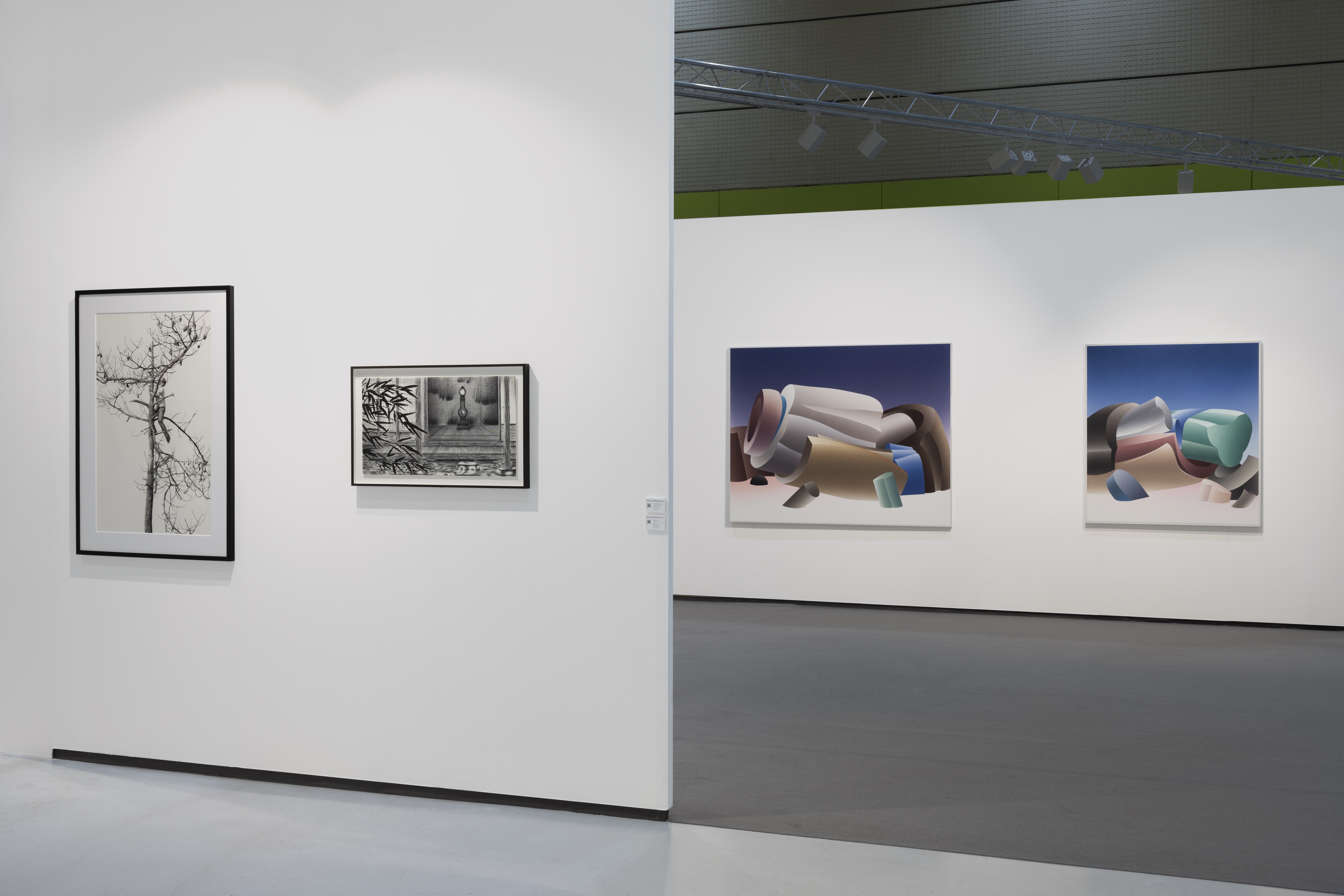
Photo by Andrea Rossetti.
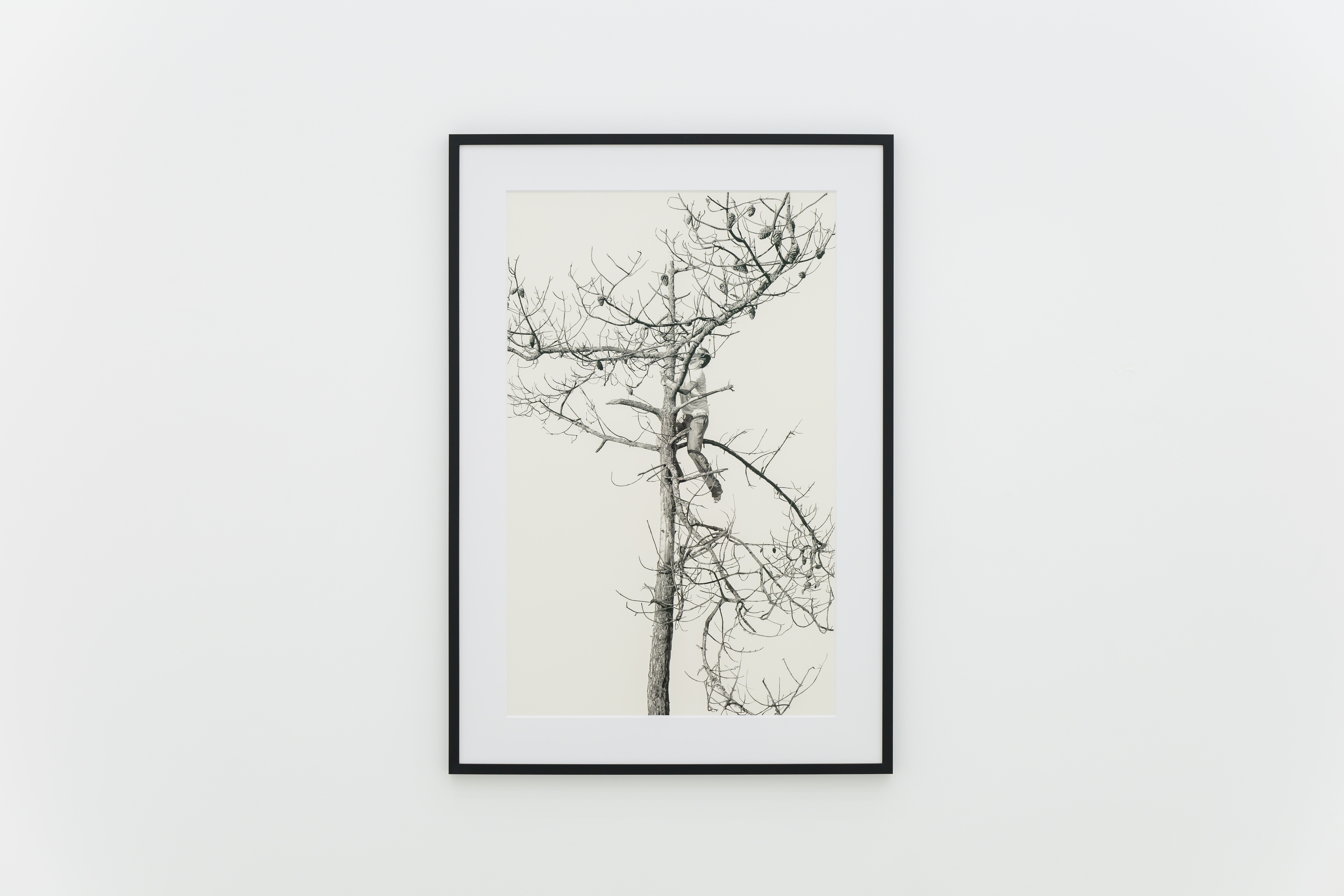
Framed: 120 x 84 cm
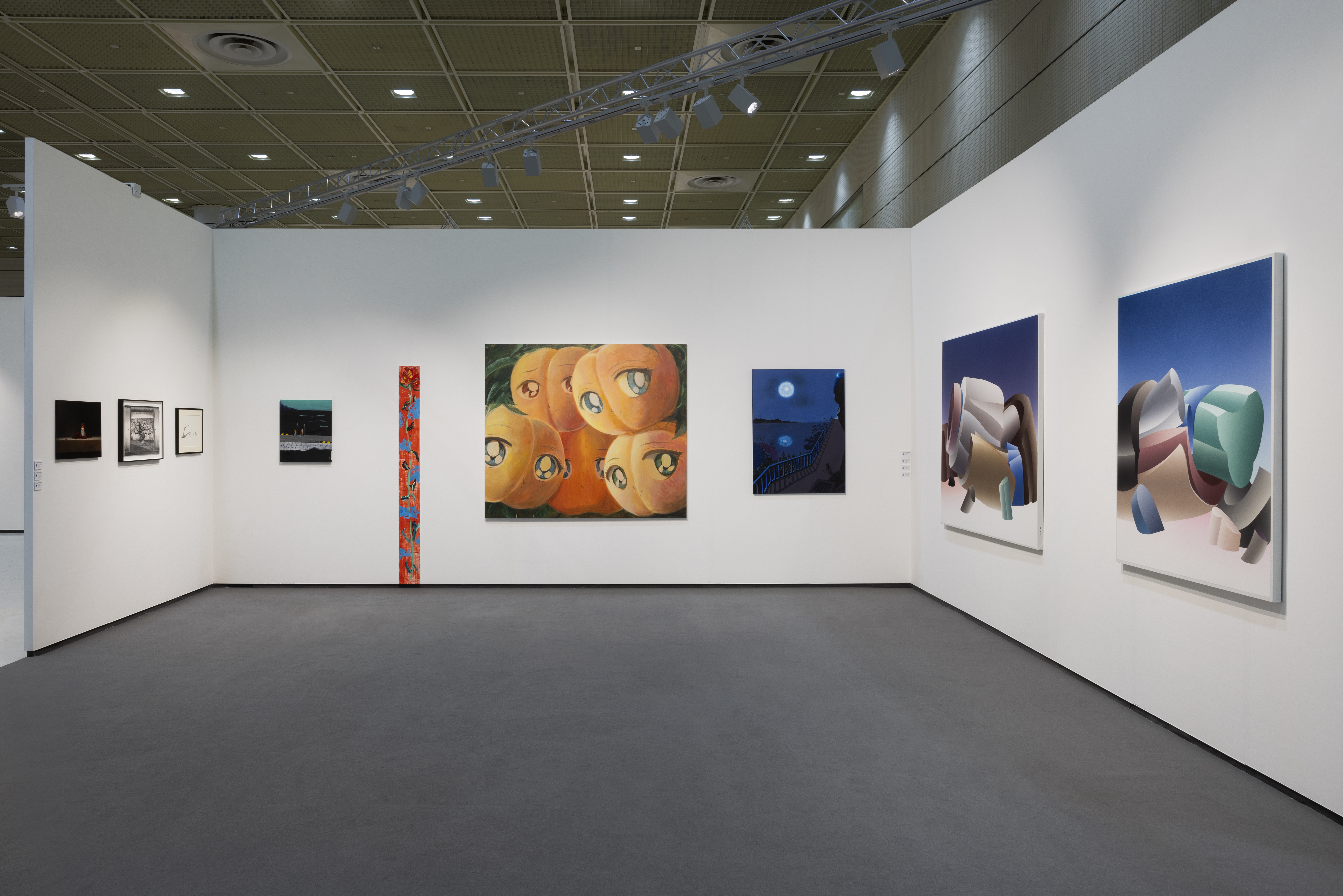
Photo by Andrea Rossetti.
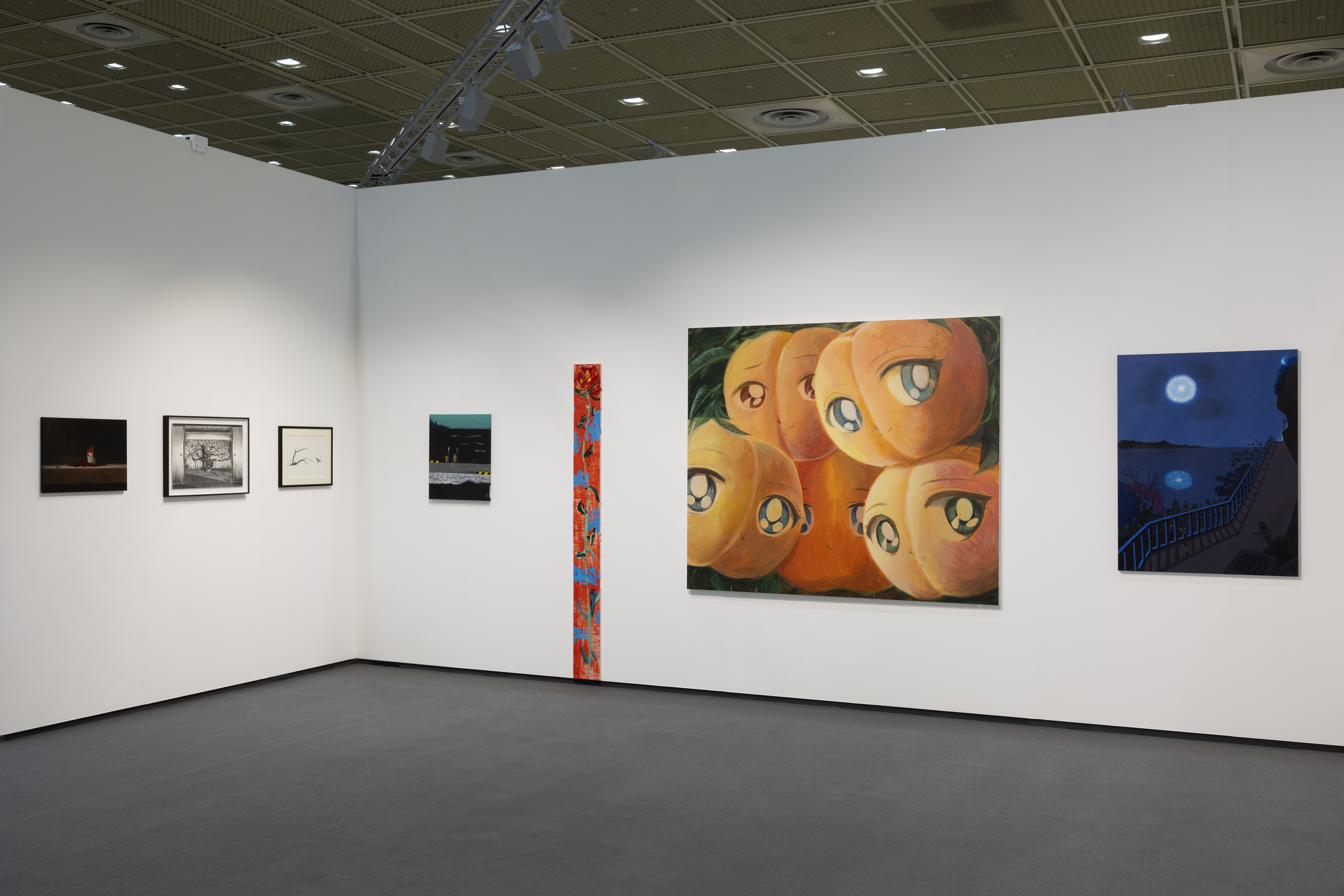
Photo by Andrea Rossetti.
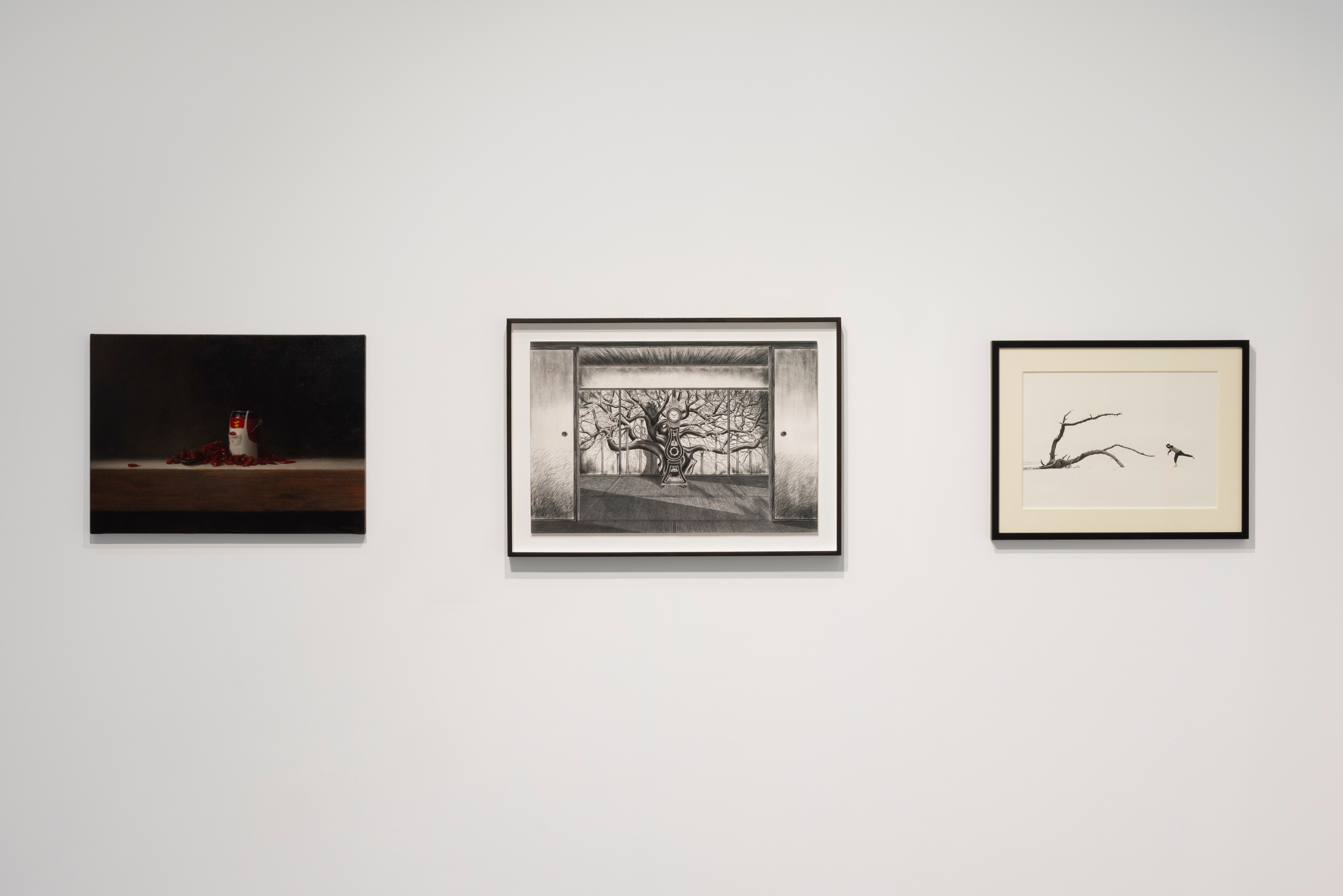
Photo by Andrea Rossetti.
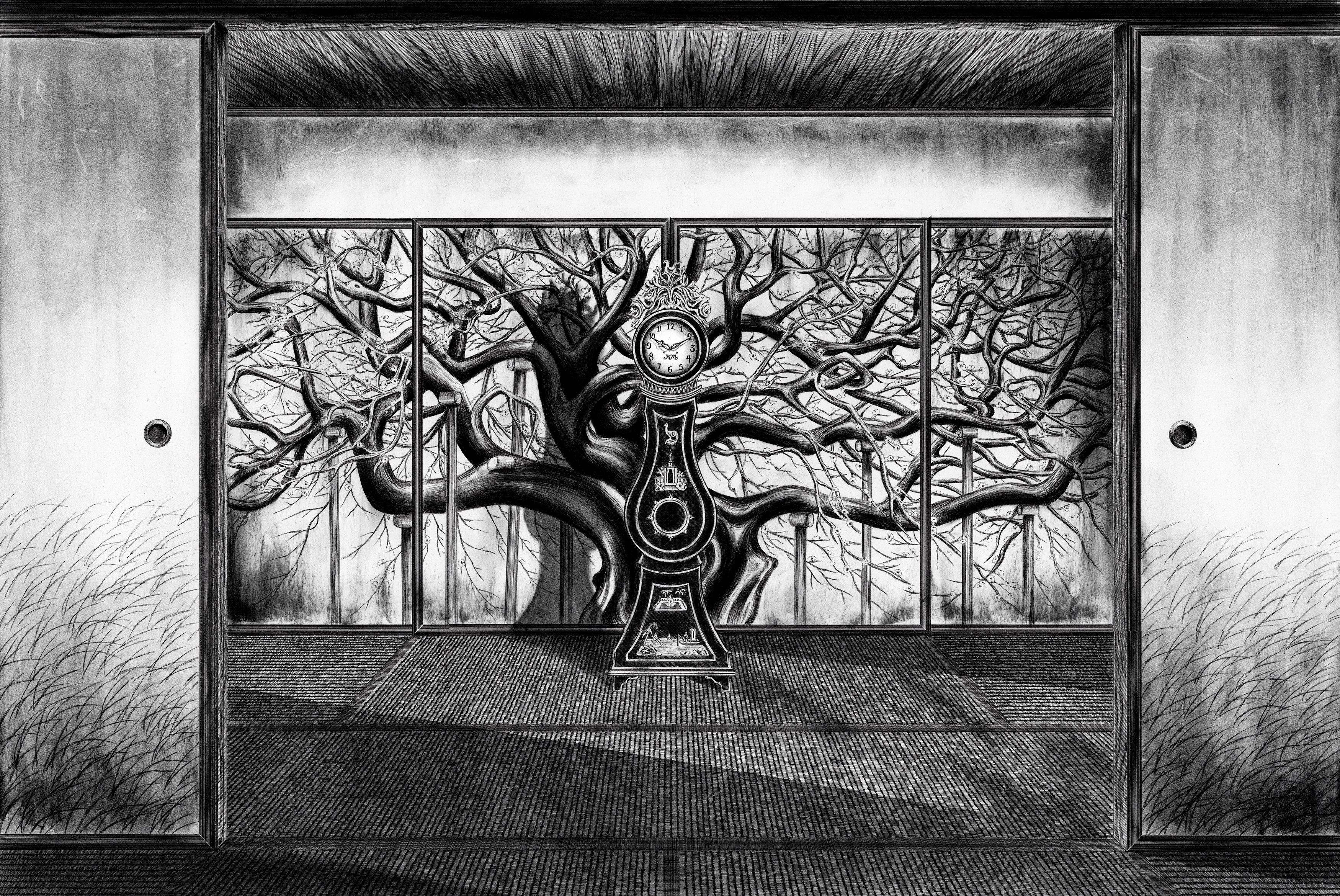
Framed: 50.3 x 70.5 cm
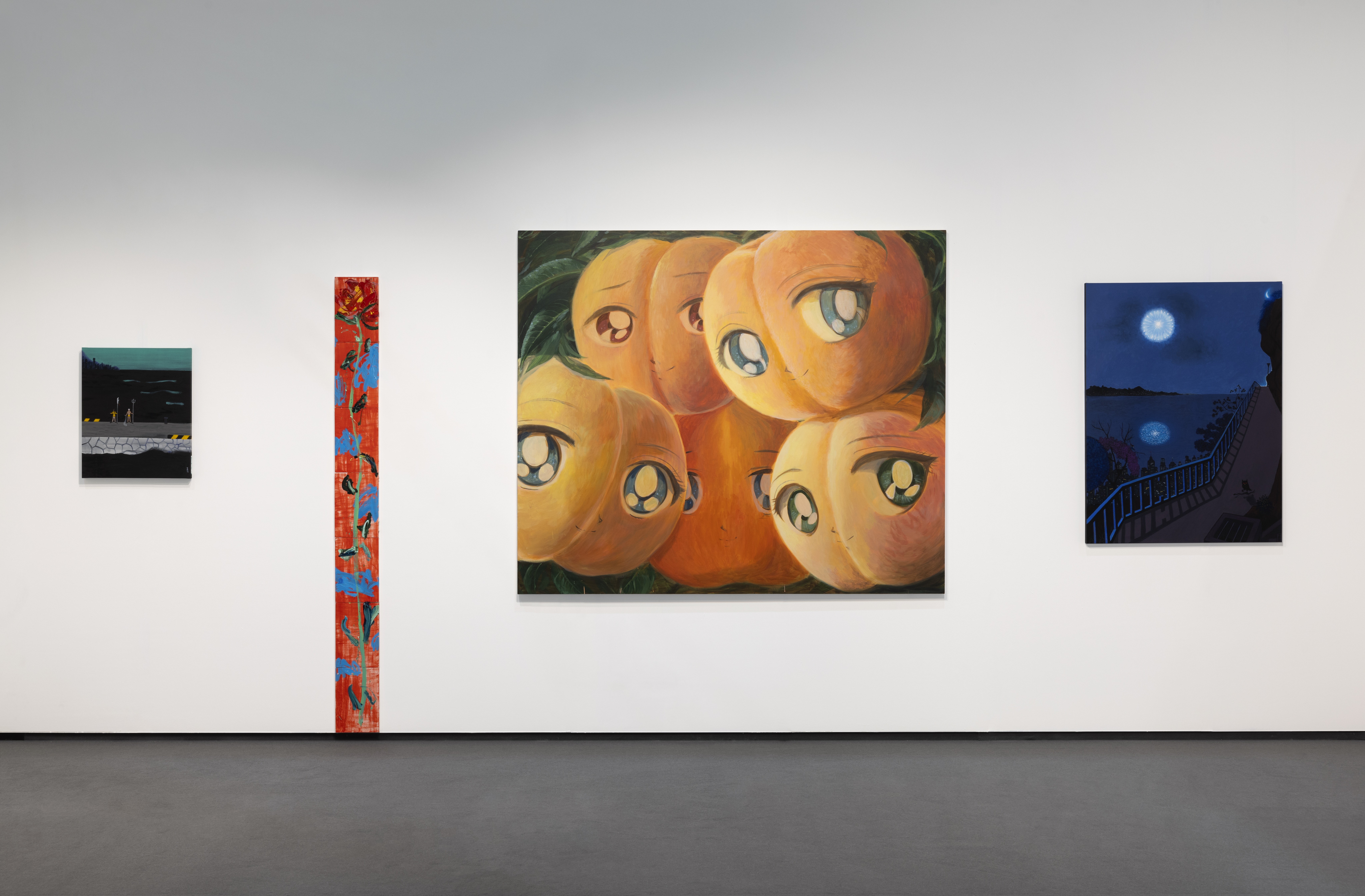
Photo by Andrea Rossetti.
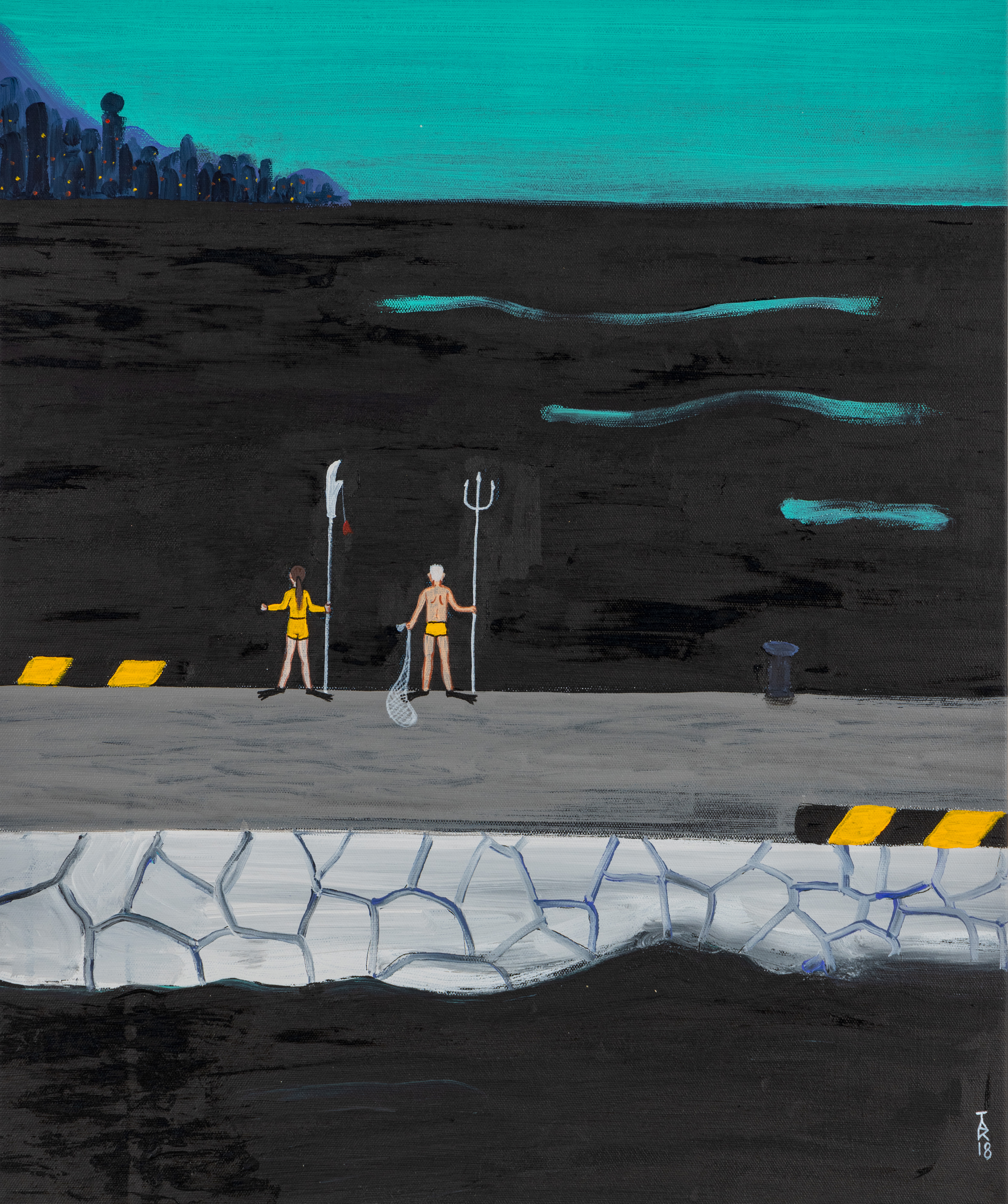
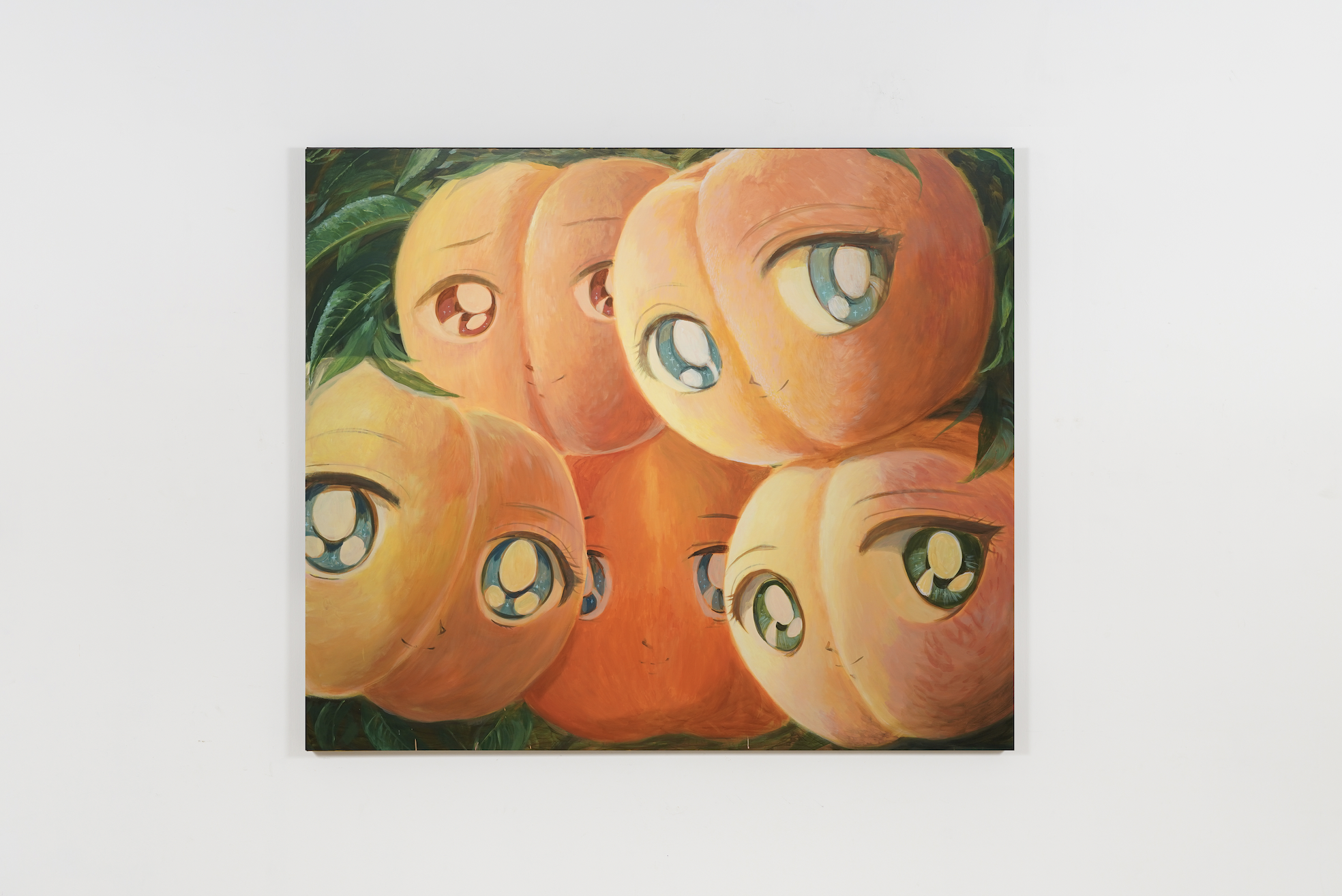
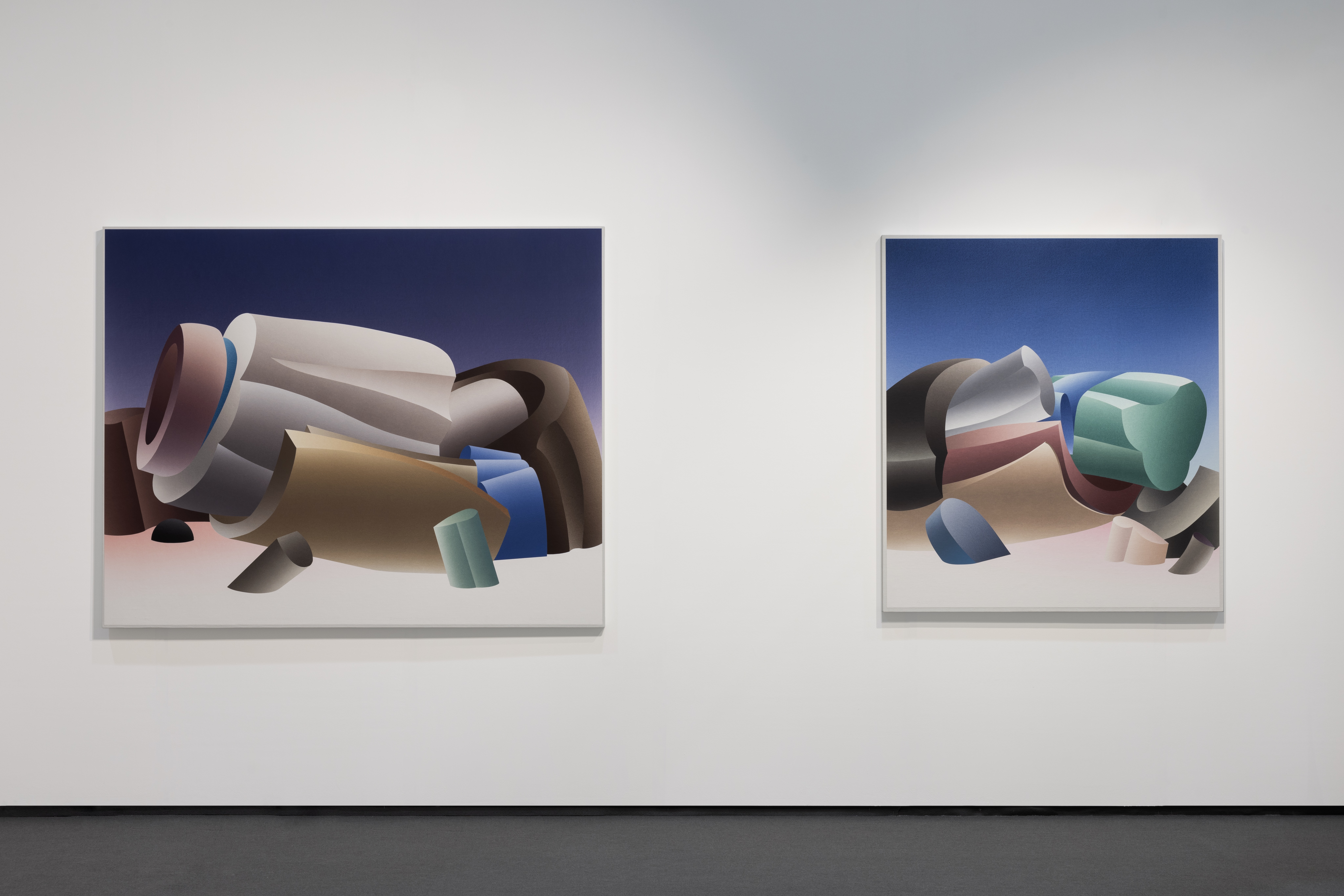
Photo by Andrea Rossetti.
